Rotating housing of the generator is long enough (about 0.5 meters) to allow fixing the blades on hinges in the back, and in the middle part (between the generator pad and the blades) the blade folding mechanism is placed. It is made on the principle of the mechanism of an automatic umbrella putting up. When put up, it is held by a spring. If you try to keep the umbrella in a strong wind with the convex part to the incident airflow, then, at some point, the wind force will exceed the force of the spring and the umbrella will begin to fold up. When the wind gets lighter, the umbrella will put up immediately. Our wind turbine works the same way; only the spring-loaded struts are in front of the blades.
The blades look like a wing of a hang glider: the leading edge is a pipe to which the sail is attached. The butt is narrow, the peripheral’s wide. There are eight blades and they cover almost the entire area of a circle described by the blades. To ensure that the blades do not rest against each other during the folding, the axes of their attachment are somewhat shifted. Four blades (next but one) go inside and four go outside. After folding, the drag area of the wind turbine decreases almost fourfold, and the aerodynamic drag factor reduces by half. Moreover, the wind turbine keeps on working!
Another unique feature of the design is providing the possibility to boost the beam in such a way that wind generators can be installed one after another. It makes a kind of a chain of identical modules which in light winds are one above the other, and in the strong wind they go down, “hiding” in the “wind shadow” of the turbine in front. Therefore, we can see here another ability of the system to adapt to the external loading.
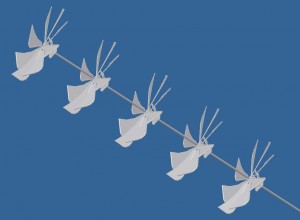
The tower for a wind turbine construction can be of any kind. We offer steel, grid, modular towers. The height of the module is 2.5 m. This design allows you to “gain” the necessary height, depending on the type of terrain and surrounding buildings.
At the top of the wind turbine tower “a beam” is installed, with the vertical axis of rotation. At one end of the beam the wind generator is placed with a counterweight at the other. With little wind, the wind generator is raised by a counterweight above the top elevation of the tower with the windmill axis remaining horizontal. With increasing wind pressure on the rotor gets higher and it begins to descend, turning around the horizontal axis. This is the way another system of the strong wind protection works.
On the one hand, such design allows increasing capacity when there is a necessity or a financial capacity. On the other hand, it increases the system reliability as a failure of one of the turbines does not impact the operational integrity of the entire system.

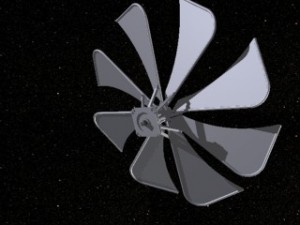
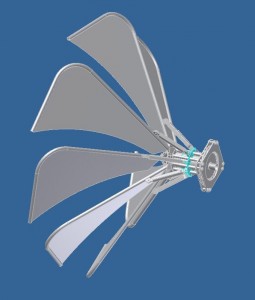
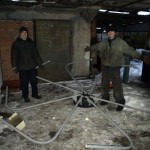
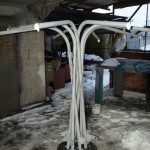
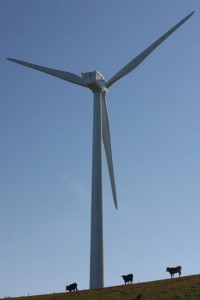 So why modern wind turbines are so expensive?
So why modern wind turbines are so expensive?